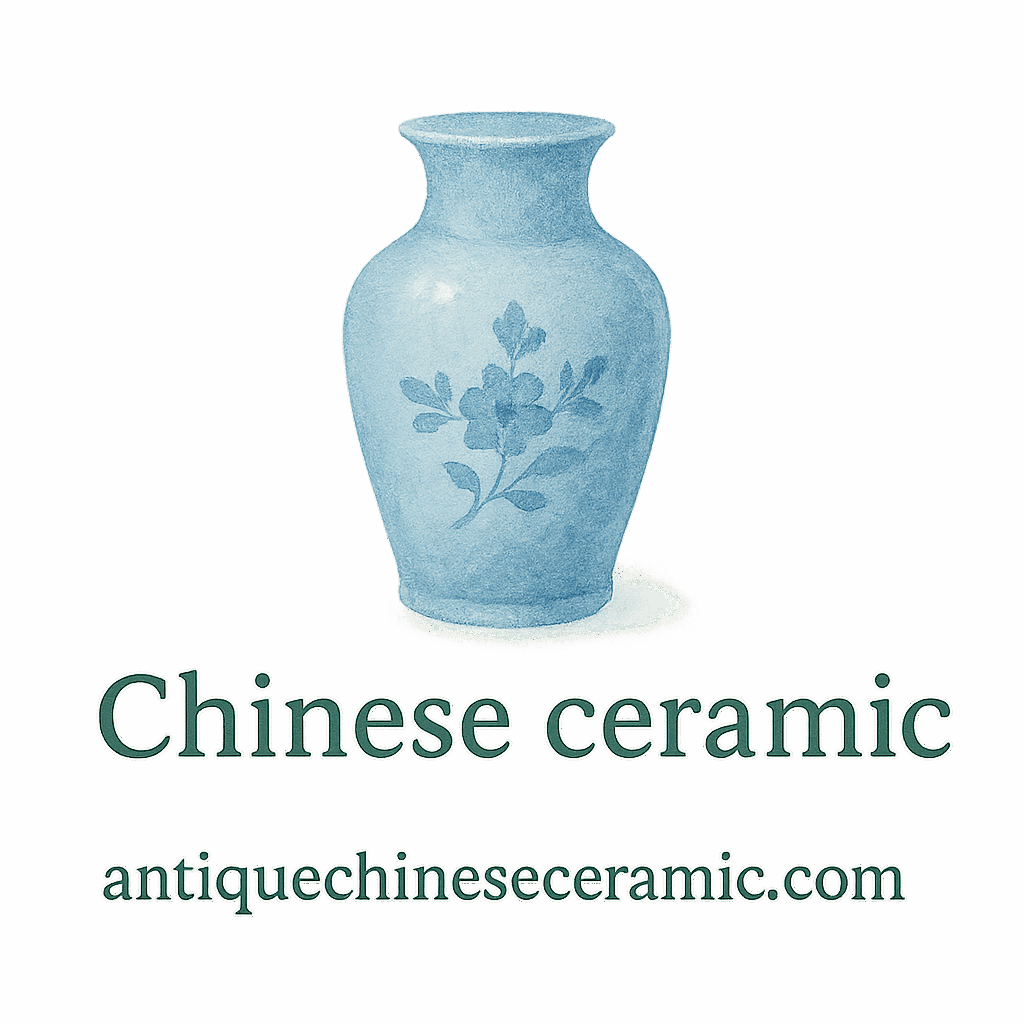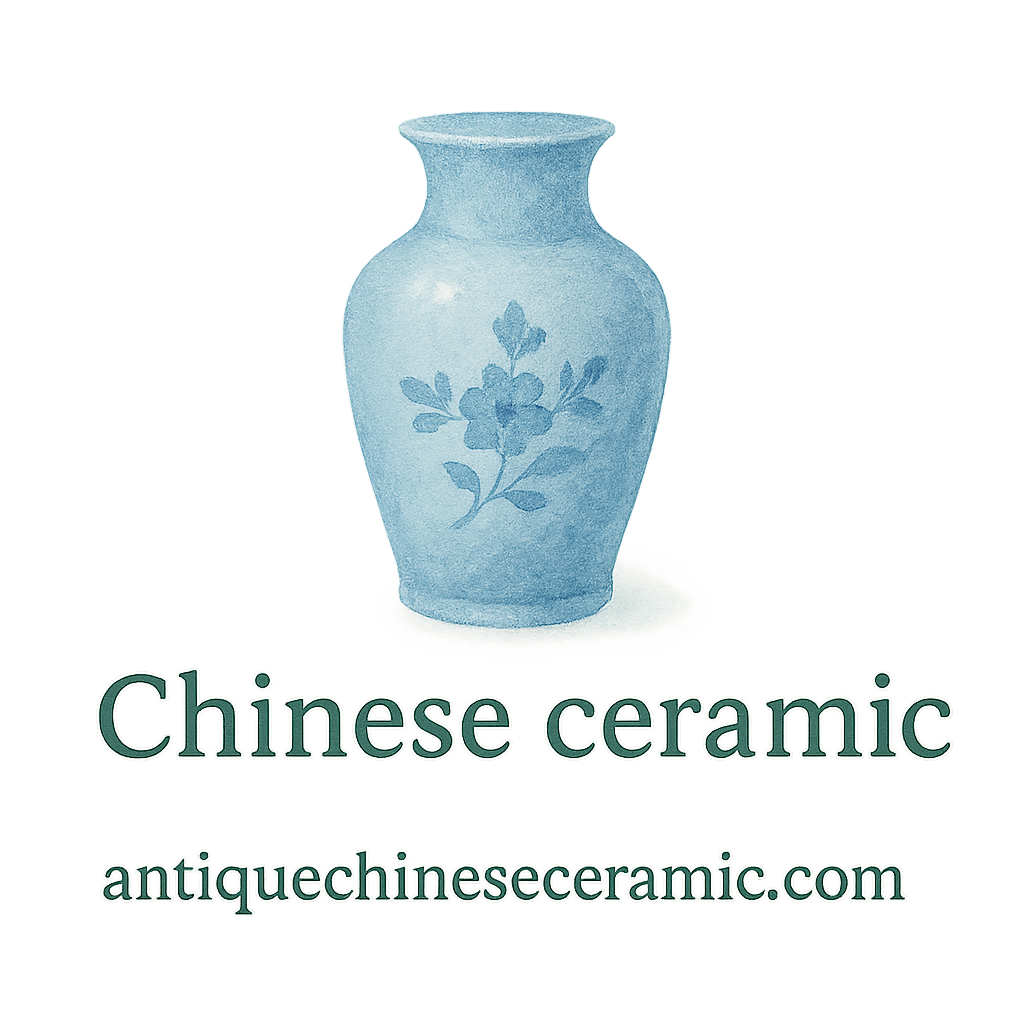Introduction
Ever wonder why that tiny porcelain bowl from a flea market suddenly becomes a headline-worthy treasure at an auction? Welcome to the world of antique Chinese ceramics—a realm where artistry, history, and economics meet. In this article, we’ll dive deep into the 6 pricing trends in antique Chinese ceramic markets that are making collectors and investors buzz.
If you’re into collecting or just getting started, understanding these pricing trends is essential. You’ll also find helpful internal links to guides on care and preservation, identification, and valuation of these stunning ceramics.
Why Pricing Trends Matter
Before jumping into the trends, let’s talk about why they matter. Prices in the antique Chinese ceramic market aren’t just about beauty—they reflect cultural heritage, craftsmanship, and market demand. Knowing the trends helps you buy smart, sell smart, and protect your investments.
Trend #1: Increasing Demand from Global Collectors
Rising Interest in Asian Art
There’s been a global renaissance in Asian art. From Los Angeles to London, collectors are increasingly turning their gaze to Chinese porcelain and ceramics. The fascination stems from the unique blend of history, symbolism, and sheer artistry found in each piece.
This rising demand has led to more collecting guides and expert resources, making it easier for even novice collectors to jump in.
Chinese Ceramics as Investment Assets
Believe it or not, many investors see antique ceramics as more stable than stocks. Rare Chinese vases, plates, and figurines can command six or even seven figures. People are now diversifying portfolios with tangible heritage—think of it as holding a slice of China’s dynastic timeline.
Visit our valuation and appraisal pages for more insight into pricing methods.
Trend #2: Surging Value of Rare Dynastic Pieces
Ming and Qing Dynasty Popularity
Let’s be real—mention “Ming Dynasty,” and even someone who’s never stepped into an auction house perks up. Pieces from the Ming and Qing periods continue to skyrocket in value, often breaking records at auctions.
Head over to our history and dynasties section for more historical context.
Provenance and Historical Significance
Collectors love a good story. A bowl with a solid backstory—like being part of an emperor’s collection—can be exponentially more valuable than a similar-looking piece with no provenance.
These rare finds often appear in elite auction houses and sell for jaw-dropping amounts.
Trend #3: Auction Houses Shaping Market Prices
Big Players Like Sotheby’s and Christie’s
It’s no secret that the likes of Sotheby’s and Christie’s hold the power to make or break pricing trends. When a ceramic item gets spotlighted at a major event, prices for similar pieces shoot up across the board.
Online Auctions vs Traditional Bidding Rooms
With platforms like eBay and Catawiki gaining traction, even everyday collectors can now get involved in auctions. Online accessibility has leveled the playing field—but it’s also introduced pricing volatility.
Looking to get into auctions? Check out our auction section for expert advice.

Trend #4: Market Transparency and Online Valuation Tools
Role of Ceramic Identification Platforms
New digital tools are transforming how collectors identify ceramics. Platforms now provide instant assessments, comparison photos, and even community feedback. This increases transparency and improves price accuracy.
Don’t miss our full guide on identification to learn how to spot authentic pieces.
Appraisal Methods & Digital Pricing Trends
Gone are the days of relying solely on antique dealers. With online appraisal services and historical price databases, collectors can better understand fair market value.
Explore these methods to ensure you’re not overpaying or underselling.
Trend #5: Condition and Preservation Impact on Value
Importance of Proper Storage & Cleaning
The condition of your ceramic piece can drastically influence its price. Even a small chip or discoloration can slash its value in half. That’s why proper care and preservation is crucial.
We recommend browsing our cleaning and storage guides for best practices.
Surface Damage vs Original Glazing
Collectors are getting smarter—they know how to differentiate between surface damage and natural aging. Original glazes, even if crackled, are often more desirable than over-cleaned surfaces.
Learn to evaluate surface quality in our expert breakdown.
Trend #6: Shifts in Consumer Preferences
Modern Aesthetic vs Traditional Taste
Younger collectors are bringing new energy to the market. While their predecessors favored large, elaborately painted jars, Gen Z buyers are into minimalist, sleek porcelain wares.
Emerging Interest in Lesser-Known Dynasties
Tang and Song dynasty ceramics are experiencing a revival. These items were once overlooked, but now they’re getting their moment under the spotlight—often fetching impressive prices.
For a deep dive, check out our timeline section to see which dynasties are trending.
Navigating Price Volatility in the Antique Market
Economic Factors
Inflation, geopolitical shifts, and even cultural trends can affect prices. During uncertain times, antiques often become safe-haven investments—driving prices upward.
Supply Chain and Authenticity Concerns
The market is flooded with reproductions. These fakes complicate pricing and erode trust. That’s why having tools to verify quality and authenticity is key.
Expert Advice for Buyers and Sellers
Consulting Specialists and Auctions
Don’t go it alone. Work with a ceramic specialist or a trusted auction house. They can guide you through appraisals and help you fetch the best value.
Care & Preservation Tips
Want to keep your ceramics in mint condition? Use soft cloths, avoid harsh chemicals, and store them away from sunlight or damp areas.
Browse our care and preservation guides for more help.
Conclusion
So there you have it—6 pricing trends in antique Chinese ceramic markets that are changing the game. Whether you’re a passionate collector, an investor, or just ceramic-curious, understanding these trends helps you make informed decisions. Want to learn more about Chinese ceramics? Dive into our curated resources at AntiqueChineseCeramic.com and turn your curiosity into expertise.
FAQs
1. Why are antique Chinese ceramics so expensive?
They combine artistry, rarity, and historical significance. Their value rises due to limited availability and increasing global demand.
2. How do I know if my Chinese ceramic is authentic?
Use expert appraisal services or visit our identification page to compare markings and characteristics.
3. Are modern reproductions worthless?
Not necessarily, but they’re significantly less valuable than genuine antiques. Learn more under our quality section.
4. What’s the best way to preserve my antique ceramics?
Avoid extreme temperatures, use padded storage, and check out our care-preservation page for detailed tips.
5. Is it better to buy at an auction or from a dealer?
Auctions can offer rare finds but come with risks. Dealers may offer more background. Visit our auction tag to compare options.
6. Which dynasties are currently trending in the market?
Besides Ming and Qing, Tang and Song ceramics are gaining traction. See our timeline for updates.
7. Can antique ceramics be a good investment?
Absolutely—if properly identified and preserved, they can appreciate significantly. Learn more in our collecting guide.


